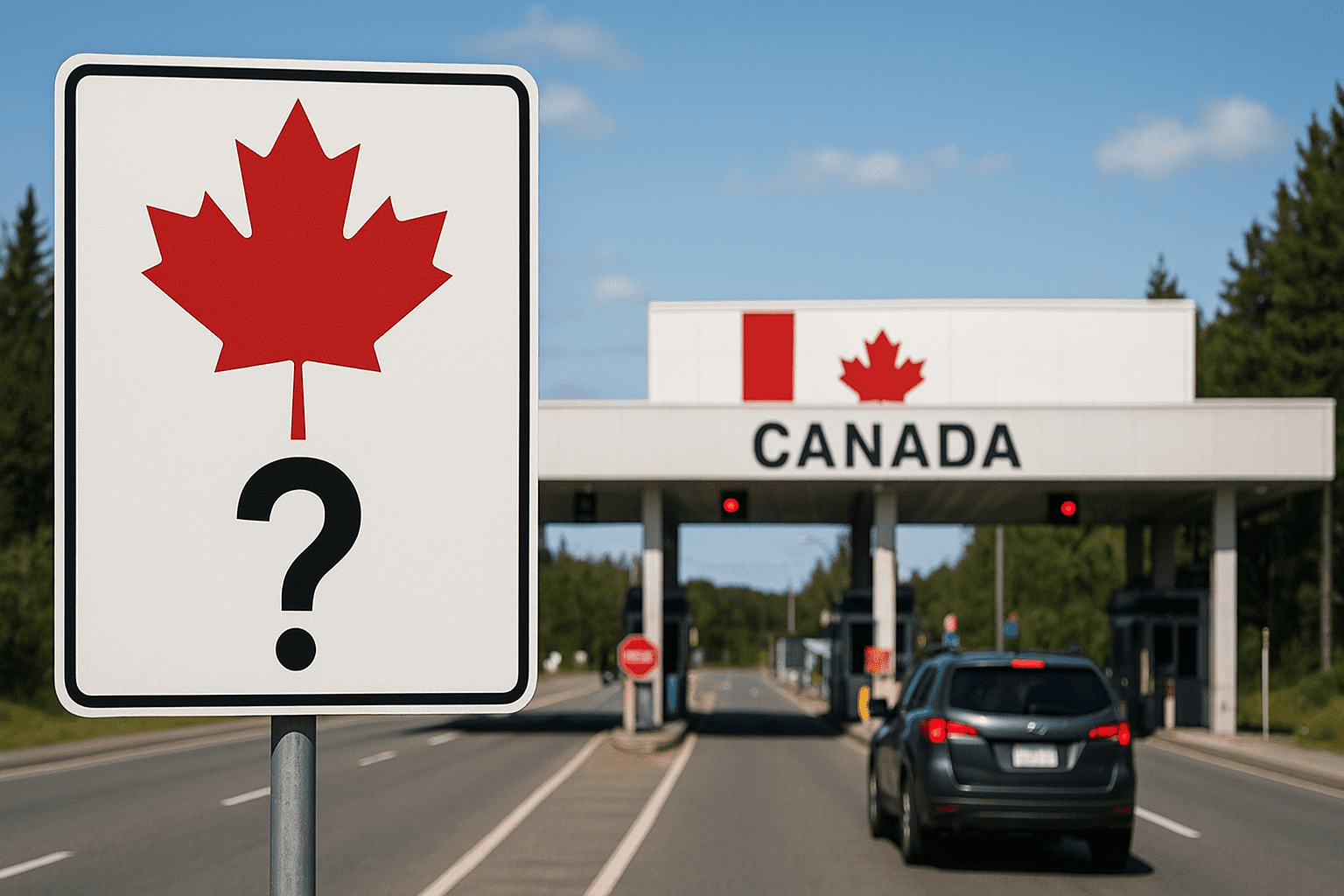
When planning a trip to Canada, you might need a Temporary Resident Visa (TRV) or a Temporary Resident Permit (TRP) or sometimes neither. It depends on your nationality, your past record, and the reason for your visit.
What is a Temporary Resident Visa (TRV)?
A TRV is a document placed in your passport that lets you visit Canada temporarily for tourism, work, or study. Most foreign nationals who are not from visa-exempt countries must have a TRV to enter Canada.
To qualify for a TRV, you must:
- Show that you plan to return to your home country after your stay.
- Prove you have enough money to cover your visit and return travel.
- Have a clean criminal record and pose no risk to Canada’s safety.
- Be in good health, and sometimes a medical exam is required.
TRVs are usually valid for up to 10 years, but each stay is typically limited to six months. Some travelers may get longer validity if they are working or studying in Canada. A TRV can be single-entry (enter once) or multiple-entry (enter several times), depending on your travel plans.
What is a Temporary Resident Permit (TRP)?
A TRP allows foreign nationals who would normally be refused entry to Canada to visit temporarily. You may need a TRP if you are:
- Criminally inadmissible (e.g., DUI or past convictions)
- Medically inadmissible
- Financially inadmissible
- Found to have misrepresented information in immigration applications
- Non-compliant with Canadian immigration law
To get a TRP, you must explain why your entry is important and show that your visit benefits you and Canada enough to outweigh any risks. You also need to provide proof of funds and evidence that you are working to fix any issues that caused your inadmissibility.
Key Differences Between a TRV and a TRP
| Differentiating factors | Temporary Resident Visa | Temporary Resident Permit |
|---|---|---|
| Purpose | Allows temporary entry for tourism/visiting, work, or study. | Grants temporary entry to foreign nationals deemed inadmissible or non-compliant under IRPA or IRPR. |
| Who needs it? | Visa-required foreign nationals | Individuals who are criminally, medically, or financially inadmissible, misrepresented themselves, or were not in compliance with IRPA/IRPR. |
| Eligibility | Must be admissible to Canada | Requires justification for entry despite inadmissibility or IRPA non-compliance. |
| Application process | Standard visa application (proof of ties to home country, funds, intent to leave) | Case-by-case approval |
| Length of authorized stay | Issued for length of study/work permit, or up to 6 months for visitors; max validity up to 10 years | Issued for length of stay; max validity up to 3 years |
| Cost to apply | $100 | $239.75 |
| Process of renewal | Apply for new TRV online at least 2 months before status expires | Apply for new TRP online before current one expires, ideally 3–6 months in advance |
Electronic Travel Authorization (eTA) for Visa-Exempt Travelers
Some travelers from visa-exempt countries do not need a TRV but must apply for an eTA if arriving by air. The eTA is easier and faster to get than a visa.
When You Might Need a TRP Instead of a TRV
If you have issues like a past criminal charge, medical conditions, or previous immigration problems, a TRP is necessary. Immigration officers review each case individually, considering whether your visit is essential for business, family, or urgent matters.
TRPs can be issued for as little as one day or up to three years. They can be single-entry or multiple-entry, but leaving Canada on a single-entry permit means you cannot re-enter without a new TRP.

Do I automatically get in Canada if I have a TRV or TRP?
No. Entry is always at the discretion of the border officer. You must show you will stay temporarily and meet all requirements.
Can my family come with me?
Yes, but each family member must apply for their own TRV or TRP. You can submit applications together to simplify the process.
How long can I stay in Canada on a TRV or TRP?
- TRV: Usually up to six months per visit; validity can be up to 10 years.
- TRP: Varies from one day to three years, depending on the officer’s decision.
Can I work or study with a TRP?
Yes, if your TRP is issued for six months or longer, you may be eligible to apply for a work or study permit.
Do US citizens or green card holders need a visa or eTA?
No, US citizens, green card holders, and French nationals arriving from St. Pierre and Miquelon do not need a TRV or eTA.
Summary
Whether you need a TRV, TRP, or eTA depends on your nationality, past record, and purpose of visit. TRVs are for most travelers, TRPs are for those normally inadmissible, and eTAs are for visa-exempt travelers arriving by air. Always plan ahead, provide all necessary documents, and show that your stay is temporary and safe for Canada.





